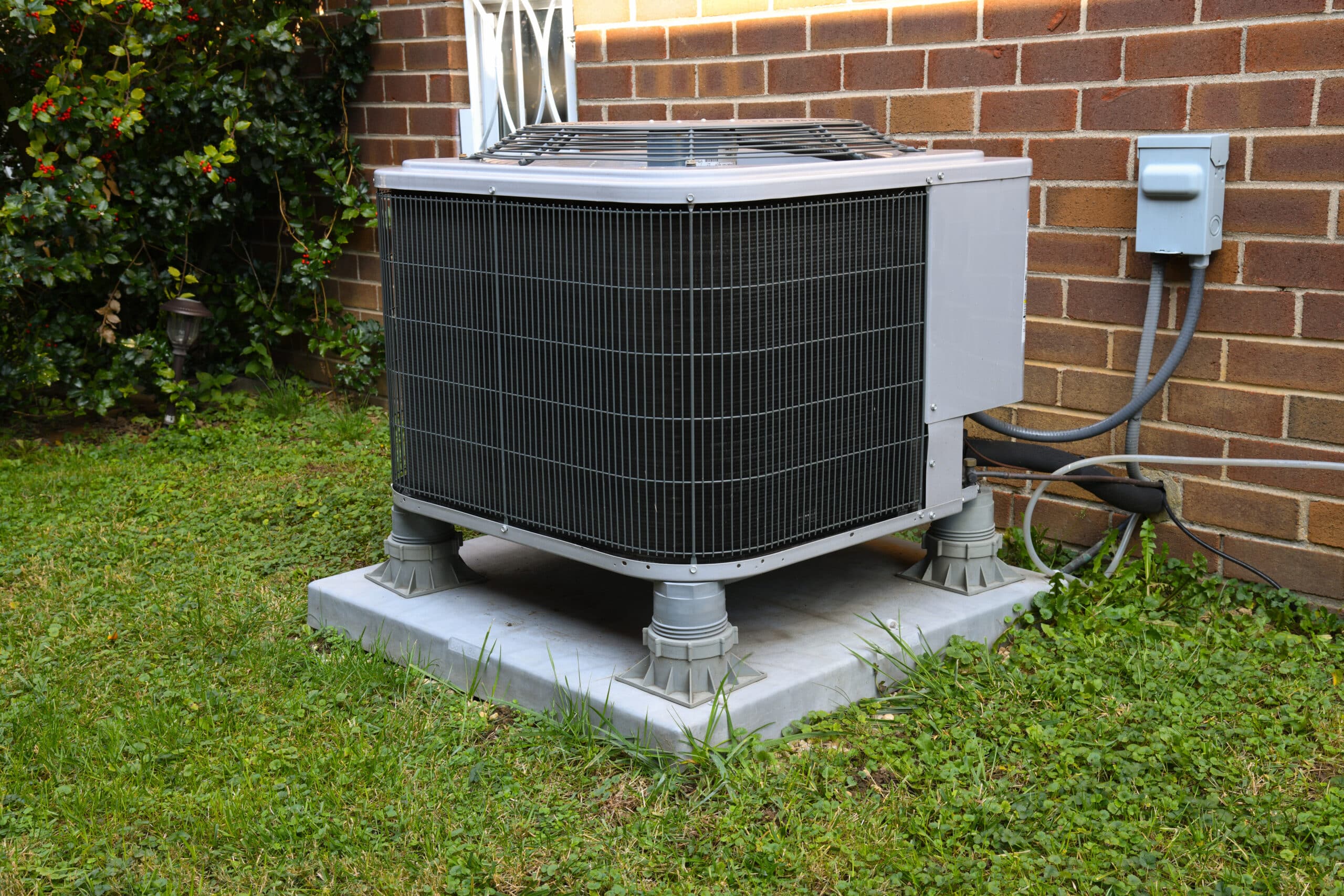Select the service type to get started.
When searching for a replacement for your AC unit, trying to find the right fit out of all the options on the market can feel daunting and overwhelming. There are multiple points of comparison to reference when finding your new AC unit, but the one thing to keep in mind is that the size needs to match the size of the room or home it is going into. Think of finding your home’s new AC unit like the Goldilocks rule: just right.
SEER, or Seasonal Energy Efficiency Ratio, is a standard measurement used to compare different AC units against one another when trying to buy a new one. The ratio is the total amount of cooling provided during the entire cooling season divided by the total electrical input during the same cooling season.
This ratio implies that the more cold output your system is able to provide during the summer season, the more energy-efficient your AC is. SEER ratings are compared on a numerical scale – the higher the number, the more efficient they are at providing cold air. This also means that the higher the rating, the lower your energy bill will be at the end of the month because you’re using less energy to cool your home.
Cooling capacity is a form of measurement used to determine how well an AC unit is able to cool an entire room in the period of an hour. This form of measurement is where the relationship of the size of the air conditioning unit and the size of the room become very important to one another. When the size of the room is larger than the AC unit, the cooling capacity of the unit will be very low because it will not be able to cool the room down effectively.
Just like the SEER rating, having a higher cooling capacity means that your home is more energy-efficient and able to use less energy to get the task of cooling your home done quicker. The closer you can get the size of the AC unit and the room you’re trying to cool to be equal, the more likely you’ll have lower energy bills at the end of each month.
Although all kinds of AC units complete the same job of cooling your home, there are a few comparison points that give them different benefits for different homes and lifestyles. Depending on what your family needs, you might not want the traditional HVAC system.
The major perk to a ductless or mini-split unit is that they do not need to be added to your HVAC’s ductwork system. These kinds of AC units are perfect for an add-on to the house or for a smaller area of your house, like the garage. Ductless AC units are more expensive with their upfront costs, but they become worth the investment as time progresses due to how energy-efficient they are. They expend the least amount of energy to cool your home, making them the most energy-efficient air conditioning system on the market.
The traditional AC unit is the one that you most likely already have. They have a ductwork system attached and will typically have multiple thermostats and fans to help cool your home. Although getting the ductwork installed in your home is an expensive task when first installing them, having the groundwork already in place makes replacing a traditional AC system easier. The downside to these kinds of units is that the ductwork will also need repairs and maintenance as the year progresses, unlike the ductless system.
For more information on deciding what kind of AC unit is right for your home, contact Southern Air today to get your “just right” unit.
How Can We Help You Today?


At Southern Air Heating, Cooling & Plumbing, we understand how much of a hassle it can be to figure out...

Considering a heat pump, but need to learn more about them? That’s what we’re here for! Here are just five...

If you’ve ever cleaned the whole house only to find that a foul smell still isn't going away, you may...
